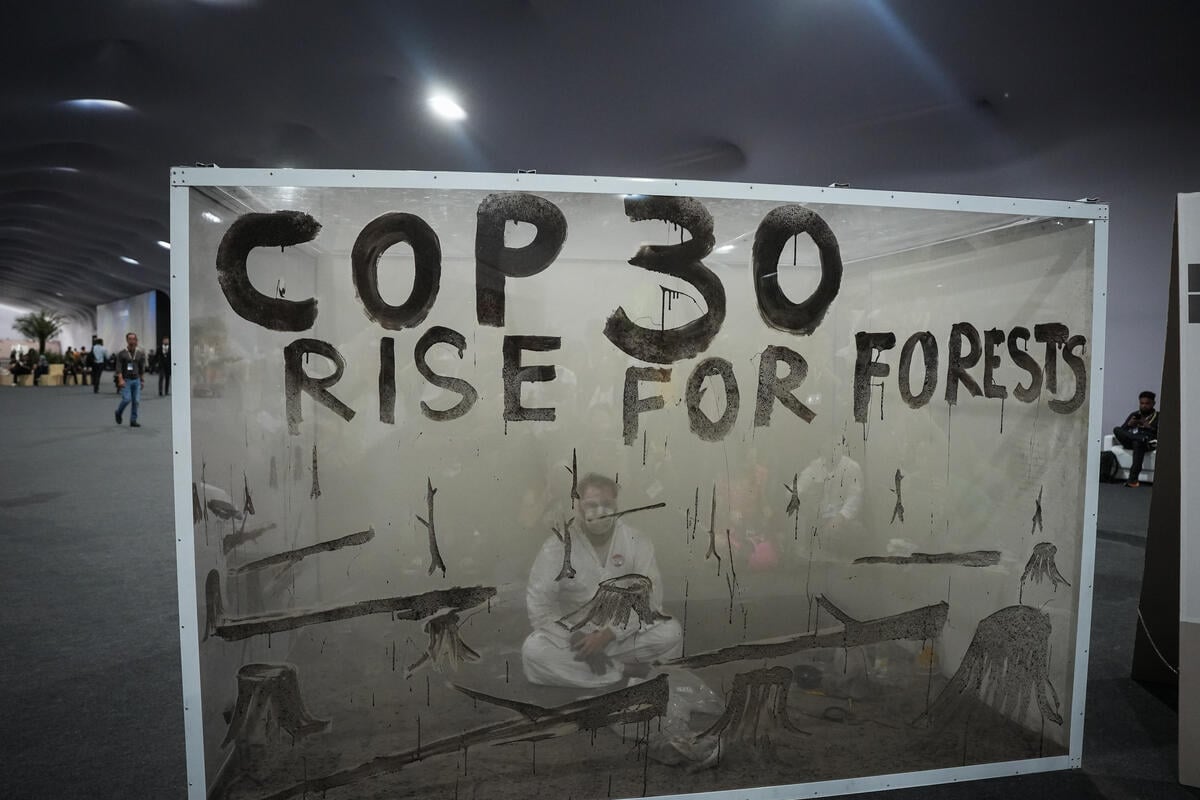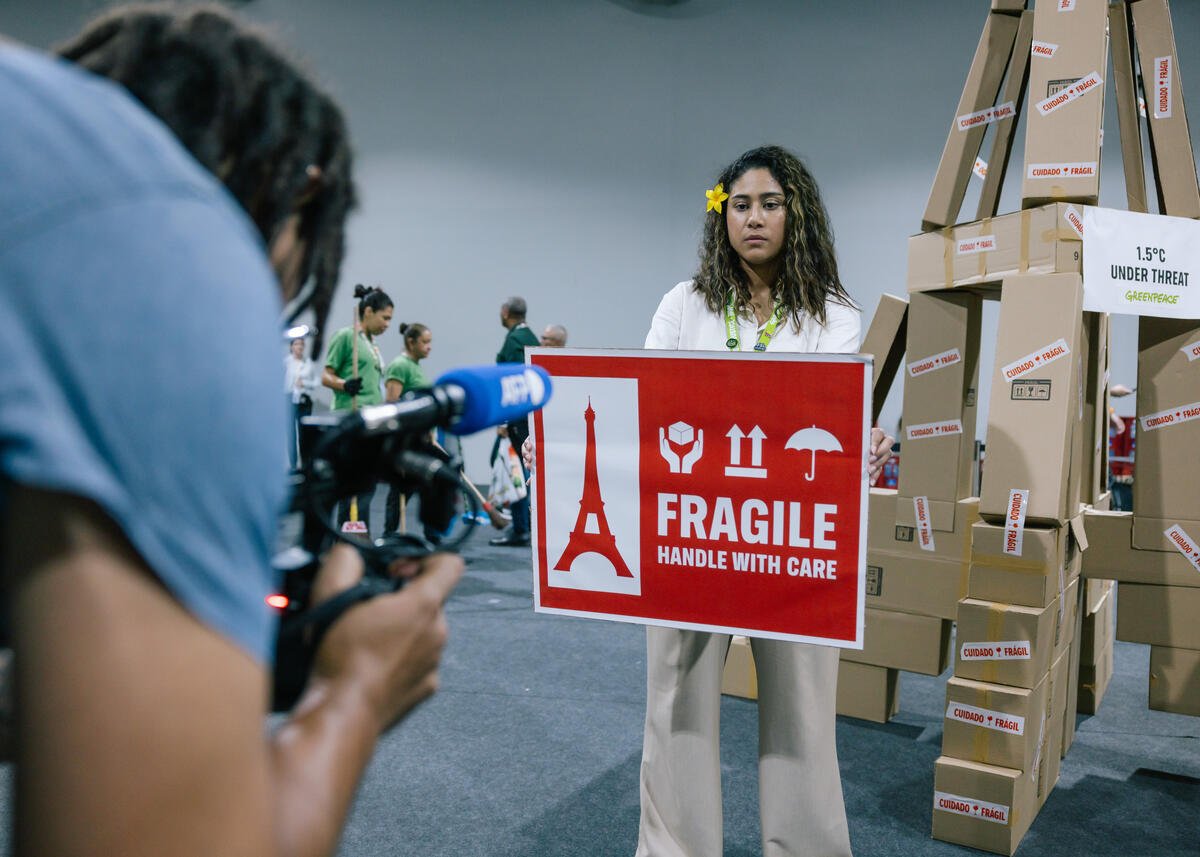2025 is a critical year for changing course on climate change and biodiversity-loss. As the intersecting crisis of ecology crescendos with the crises of inequality and injustice, we find an opportunity for meaningful action in Belém at UNFCCC COP 30, deep in the Amazon forest. The incoming Brazilian presidency has a chance to demonstrate a commitment to being a global leader in climate and biodiversity protection where past multilateral initiatives to halt global deforestation have largely failed to meet their objectives and deadlines. The Tropical Forest Forever Facility (TFFF) and its investment arm, the Tropical Forest Investment Fund (TFIF), first announced by Brazil at COP28, could become a promising move towards halting and reversing deforestation and forest degradation, and increasing forest protection.
The TFFF/TFIF initiative provides a much-needed shift from carbon and biodiversity offset market developments towards high integrity non-carbon-market-based approaches to forest finance. It has the potential to drive significant climate and biodiversity benefits and allow forests to have greater value standing than destroyed. Its designers have the unique opportunity to remedy current failings of existing multilateral funds, including those related to inaccessibility for Indigenous People and Local Communities (IPs & LCs), contribute to closing the funding gap, be at the cutting edge of addressing forest degradation, whilst breaking new ground on ecosystems integrity, and shifting away from the overreliance on flawed carbon and biodiversity crediting approaches.
The points raised in this paper are key governance aspects that must be addressed in the further design of the fund during 2025, including the Indigenous Peoples and Local Communities (IPs & LCs) Direct Financing Mechanism, the TFFF Operational Manual, and the TFFF Charter and Legal Framework. As work is undertaken at a fast pace during 2025, and efforts to secure pledges from ‘Sponsor Countries’ and secure commitment from Tropical Forest Countries (TFCs) to be part of the TFFF/TFIF are ongoing, the following will need to be addressed so the fund can reach its potential as a high integrity Forest Finance Facility:
1. Capitalisation and fund management should be equitable, participatory, and not drive further forest and biodiversity destruction: The TFFF/TFIF should ensure clear and comprehensive criteria to guide the investment of funds in climate and sustainability-related projects aligned with best-practice standards for sustainable investment, and an exclusion list. Investments generating TFIF revenues must not further drive the biodiversity and climate crisis or fuel armed conflicts. It should develop transparent processes that do not favour developed country sponsors disproportionately over TFCs and foster participatory stakeholder engagement, particularly from Indigenous Peoples and Local Communities. Investments for the TFFF made by developed countries must be made in addition to increasing grant-based climate and biodiversity finance commitments. Furthermore, the TFFF must not provide or prioritize profits to contributing countries and investors over payments for forest protection.
2. Tropical Forest Countries (TFCs) should ensure TFFF revenues reach people on the ground and do not further entrench the climate and biodiversity crisis: Whilst flexibility in how TFCs can allocate their financial resources is critical to the success of the fund, the final design should prioritise the rights and self-determination of IPs & LCs, facilitating decentralised decision-making regarding fund usage and the 20% allocation for direct access finance mechanisms for IPs & LCs for forest protection and restoration should be a minimum. TFCs must put in place measures to prevent corruption and misuse of funds. It must also include measures preventing contribution to harmful practices such as armed conflict or fossil fuel extraction, and ensure expenditure of funds is aligned with international obligations under the Paris Agreement, the Kunming Montreal Biodiversity Framework (KM-GBF), and the Sustainable Development Goals (SDGs), and overseen by national advisory committees including civil society and IPs & LCs.
3. The TFFF should be at the cutting edge of addressing forest degradation: To achieve its objectives of ensuring genuine forest conservation and environmental integrity a cutting edge approach to monitoring degradation is required to maintain ecosystem integrity and prevent a perverse incentive, which allows standing forests to qualify for TFFF funding, whilst there is ongoing destructive forest degradation. Allowing forest degradation above a certain canopy cover threshold will endanger its credibility. The TFFF/TFIF must be strengthened by placing more emphasis on ecosystem integrity, through monitoring of annual change in canopy cover, and additionally, where available, using validation data on canopy height and biomass, as well as indicators of logging activities. Those elements would enable a broader approach to ecological health and stability.
Read Greenpeace International’s position paper: High Integrity Forest Finance: Learning from Past Mistakes in the Development of the Tropical Forest Forever Facility.



